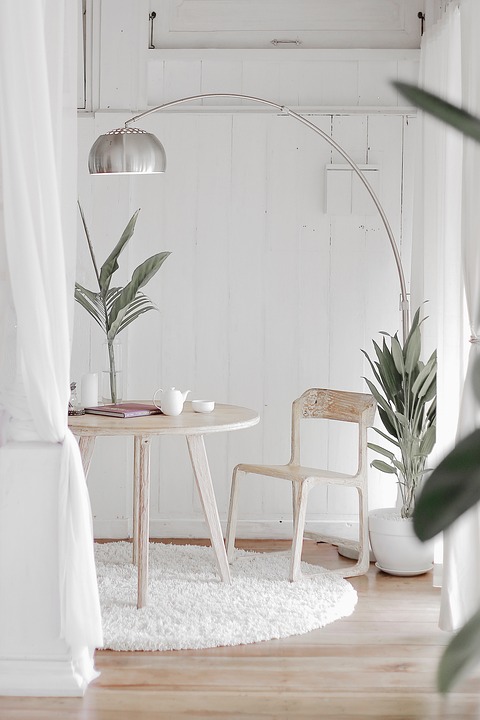The Art of Packaging Graphic Design: How to Create Eye-Catching Designs
When it comes to packaging, it’s not just what’s inside that counts. Effective packaging design is crucial in catching the consumer’s eye and driving sales. The packaging industry is constantly evolving, with innovative designs and technologies emerging every day. In a competitive market, it’s important to stay ahead of the game by creating eye-catching packaging designs. In this article, we’ll explore the art of packaging graphic design and provide tips on how to create designs that are both visually appealing and attention-grabbing.
H1: The Role of Graphic Design in Packaging
Packaging graphic design is the process of visually communicating the contents inside a package. The design should not only be visually pleasing but should also convey important information about the product and the brand. An effective packaging design will communicate the essence of the product, reflect the brand’s values, and differentiate it from its competitors.
H2: Understanding Your Target Audience
Before creating a packaging design, it’s important to identify your target audience. Understanding the demographics, preferences, and lifestyle of your target audience will help in creating an effective design. For example, if your target audience is millennials, then a modern and trendy design with bold colors may work best.
H2: Consider the Brand’s Identity
The packaging design should reflect the brand’s identity and values. A packaging design that aligns with the brand’s identity will help create brand recognition and differentiation. For example, if the brand is focused on sustainability, then eco-friendly packaging design should be considered.
H2: Color Selection
Color is an essential element in packaging design. It can influence emotions, trigger memories, and impact purchasing decisions. Therefore, it’s important to select colors that align with the brand’s identity and also appeal to the target audience. Additionally, it’s crucial to consider the color theory and color psychology when selecting colors.
H2: Typography
Typography is the art of presenting letters and words creatively. It’s essential in packaging design as it helps in conveying important information about the product. The right font style, size, and color will help in grabbing the consumer’s attention and also in conveying the product’s essence.
H2: Image Placement
Images are one of the most effective ways of conveying the product’s essence in packaging design. A well-placed image can communicate the product’s features and benefits. Additionally, images can also convey the brand’s identity, such as using the brand’s logo or mascot prominently in the design.
H2: Use of Negative Space
Negative space is the space around and between design elements. It’s an effective technique in packaging design, as it helps in making the design stand out. The effective use of negative space can create contrast, balance, and depth in the design.
H2: Consider the Packaging Material
Packaging design doesn’t just involve the visual elements; it also includes the material of the package. The packaging material should align with the brand’s identity and also the product’s attributes. For example, a premium product may warrant premium packaging materials such as glass, while an eco-friendly product may warrant eco-friendly packaging such as paper-based materials.
H2: Testing the Design
Before finalizing the design, it’s important to test it with the target audience. Consumer feedback can help in identifying any flaws or improvements that can be made. Additionally, market testing can help in gauging the design’s effectiveness in driving sales.
H1: Conclusion
In conclusion, packaging graphic design is a crucial aspect of packaging. It not only communicates the product’s contents but also reflects the brand’s identity and values. Effective packaging design can make the product stand out, drive sales, and create brand recognition. By following the tips mentioned in this article, you can create eye-catching packaging designs that resonate with your target audience and drive sales.
H1: FAQs
Q1. How important is packaging in marketing a product?
A1. Packaging is crucial in marketing a product. It’s the first thing a consumer notices on a product, and an effective packaging design can create a positive impression and drive sales.
Q2. What is the role of color in packaging design?
A2. Color is an essential element in packaging design; it can influence emotions and impact purchasing decisions. The right color selection can also align with the brand’s identity and appeal to the target audience.
Q3. Why is it important to consider the packaging material in packaging design?
A3. The packaging material should align with the brand’s identity and also the product’s attributes. It can communicate the product’s essence and also impact the consumer’s perception of the product.
Q4. What is the best way to test a packaging design?
A4. The best way to test a packaging design is by testing it with the target audience. Feedback from the consumer can help in identifying any flaws or improvements that can be made.
Q5. Can packaging design really impact sales?
A5. Yes, effective packaging design can impact sales by making the product stand out, creating positive impressions, and driving brand recognition.






